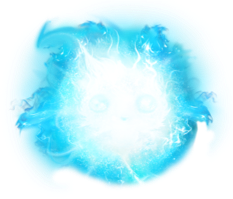How to Play Magic: The Gathering


WHAT IS MAGIC: THE GATHERING®?
Welcome to Magic: The Gathering! Magic™ is a trading card game where players summon incredible creatures and cast powerful spells to defeat their foes. The game has thousands of cards so you can always find a way to express yourself on the battlefield.
How to Play Magic: The Gathering
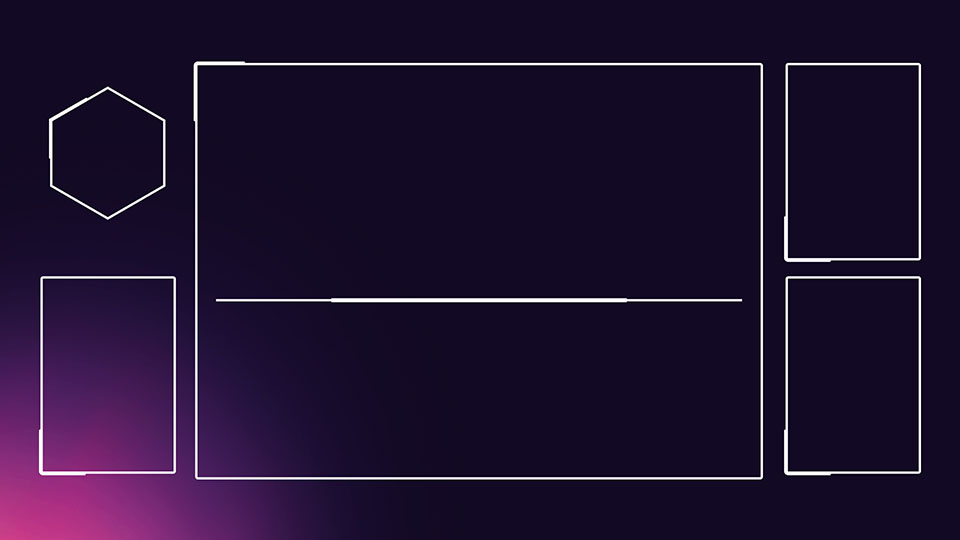
Setting Up Your Play Area
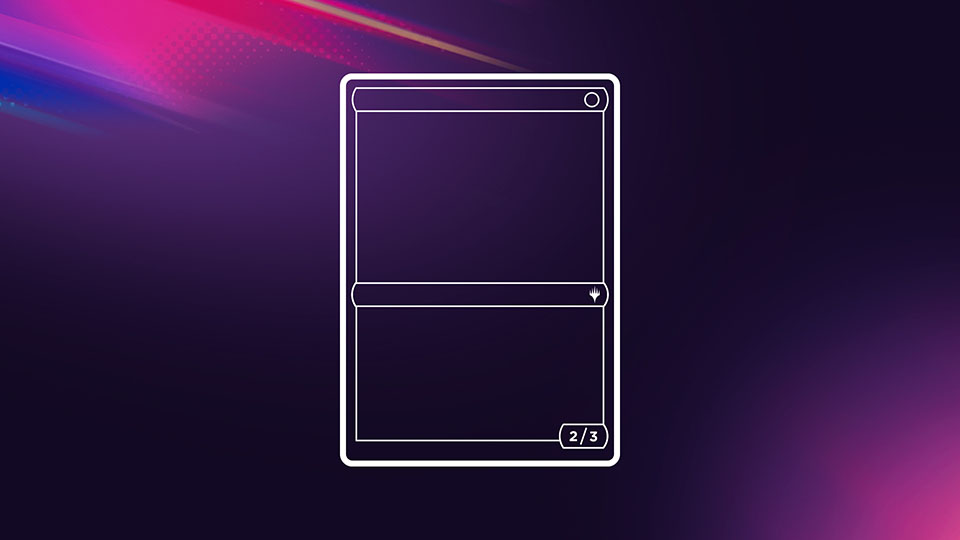
How To Read A Magic Card
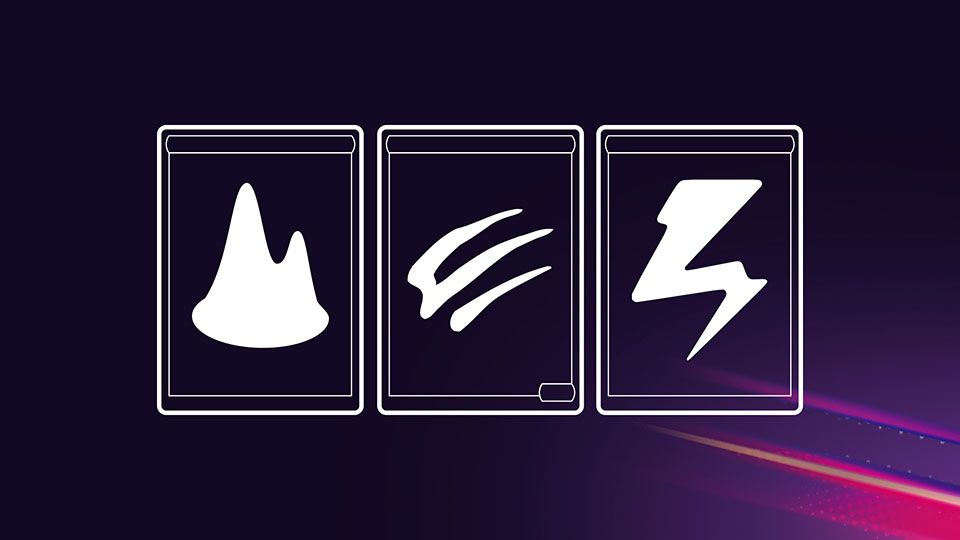
Card Types
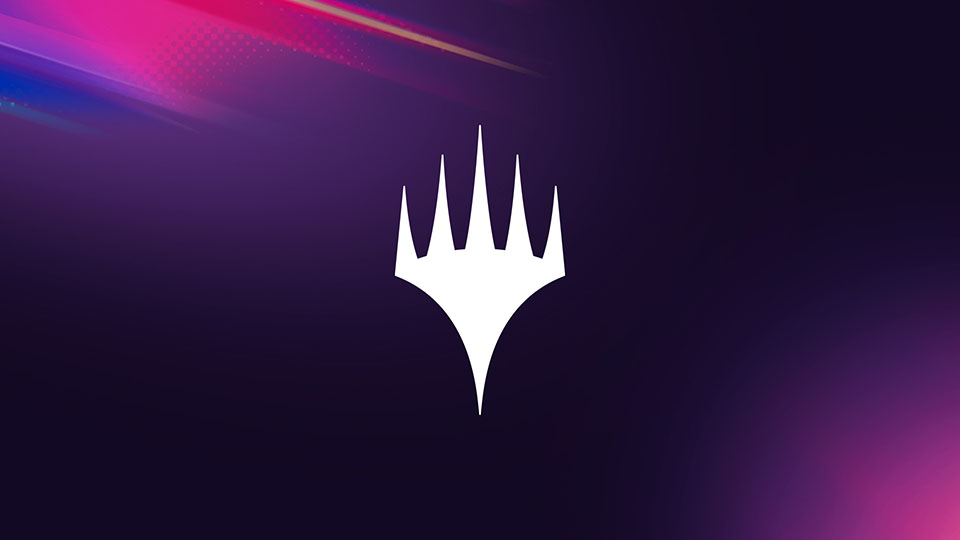
Planeswalkers
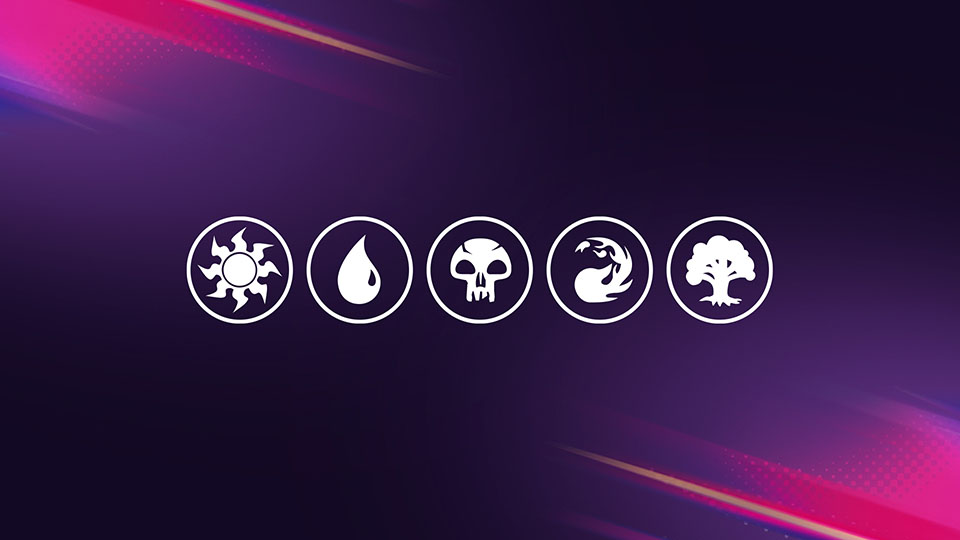
Casting A Spell
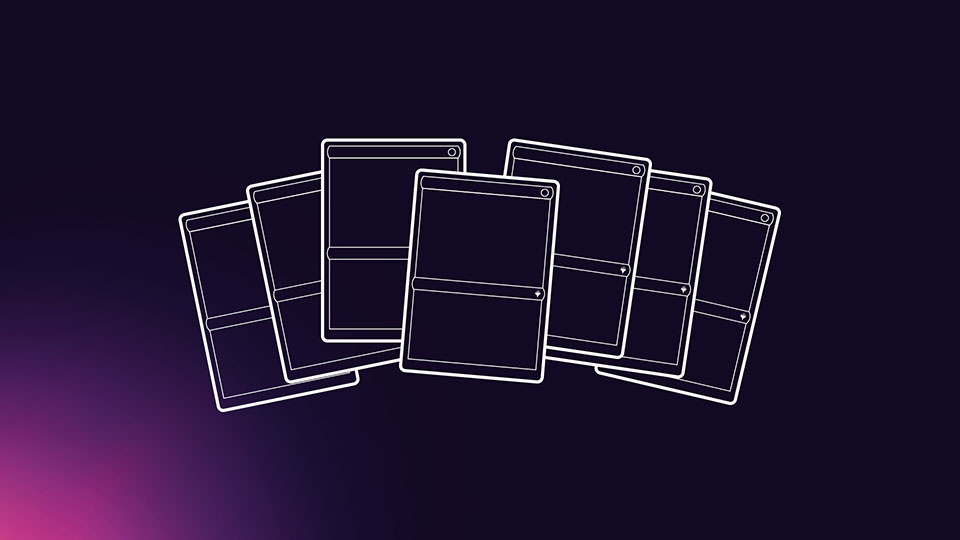
Starting a Game
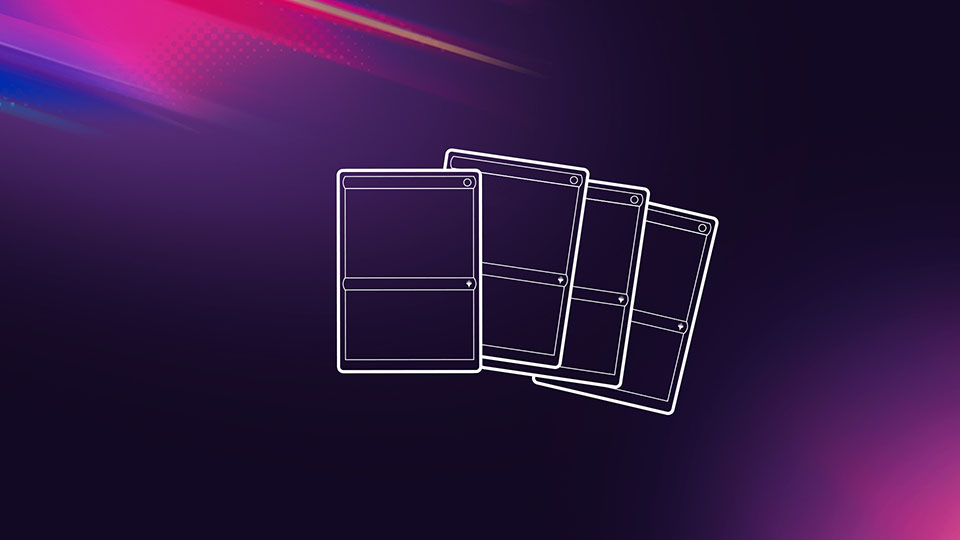
Taking Your Turn
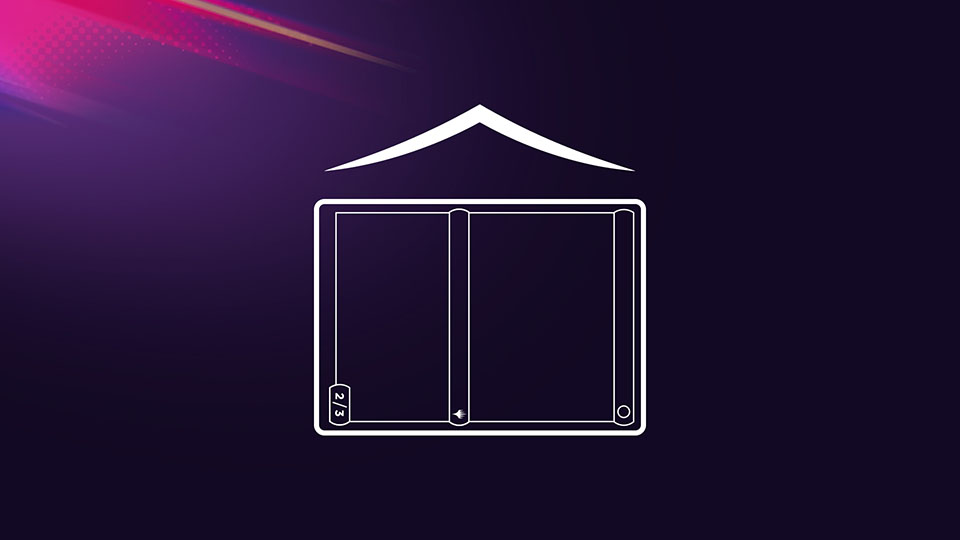
Combat
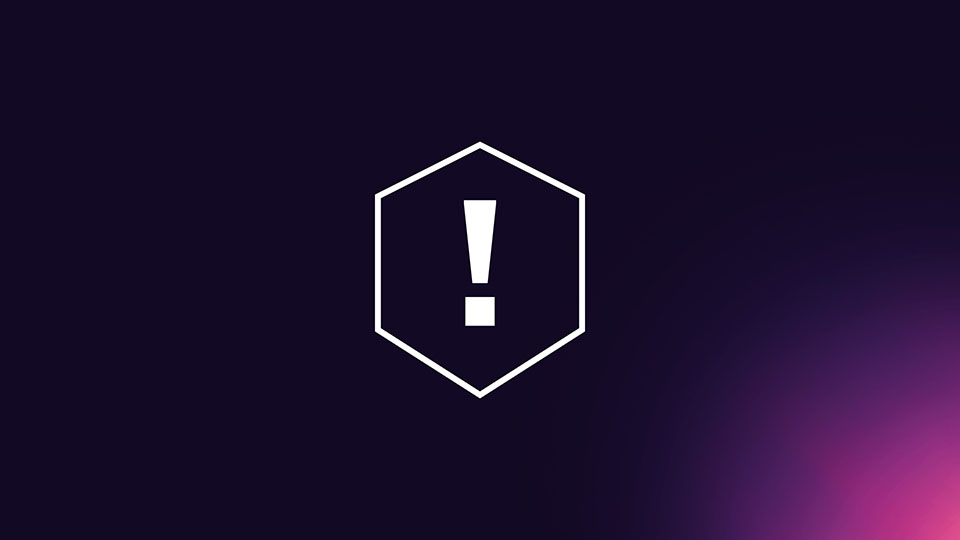
Ending a Game
LEARN TO PLAY. PLAY TO LEARN.
Magic: The Gathering® Foundations covers Magic’s greatest hits across its storied history and is the perfect way to get the essentials for your first games of Magic: The Gathering!
THAT’S THE BASICS

THAT’S THE BASICS
You’ve learned the basics. Way to go! If you want to learn more, we suggest you shuffle up and experience the game for yourself. If you’re hungry for knowledge, you can visit our KEYWORD GLOSSARY or check out our card database over at GATHERER See you on the battlefield!

ENTER THE ARENA
Get started with Magic: The Gathering Arena. Play Magic on any device—starting with a helpful tutorial!
